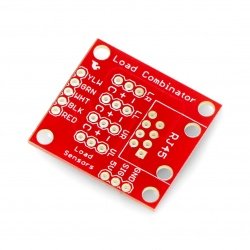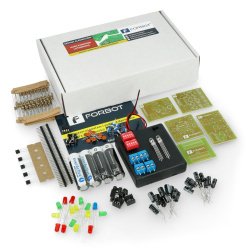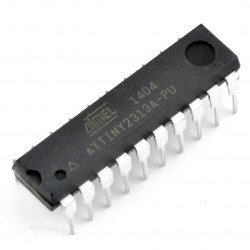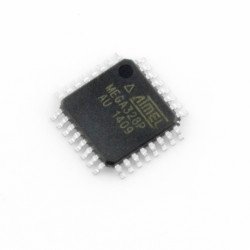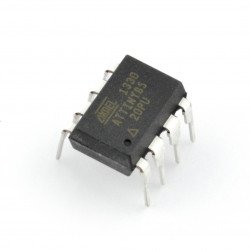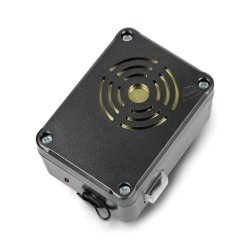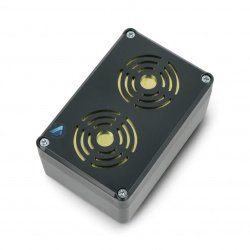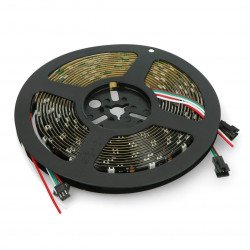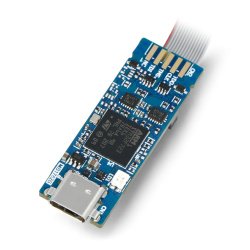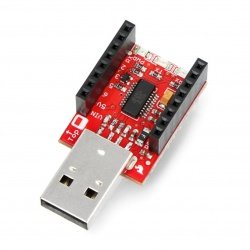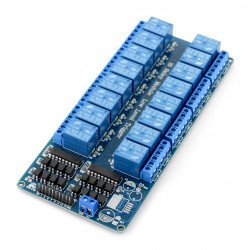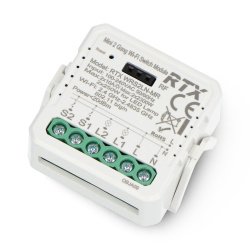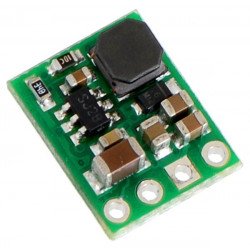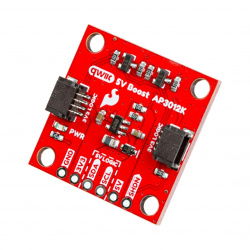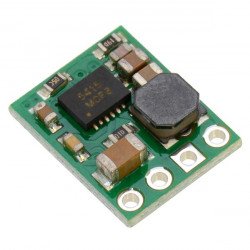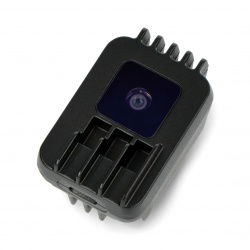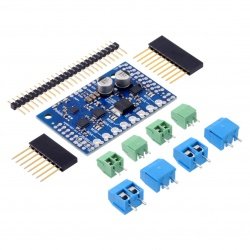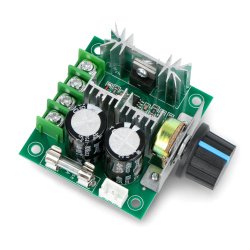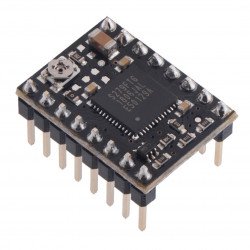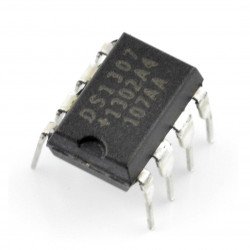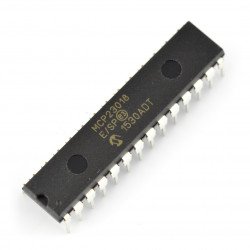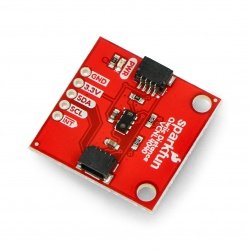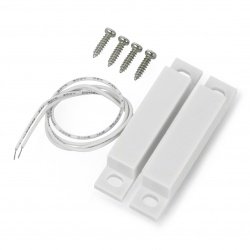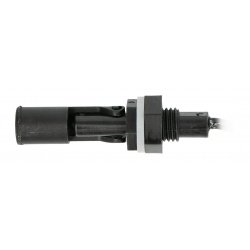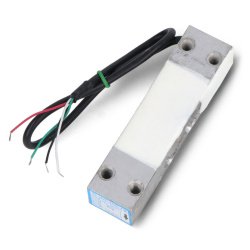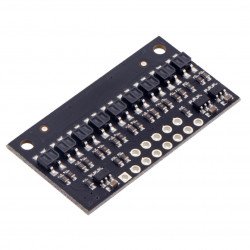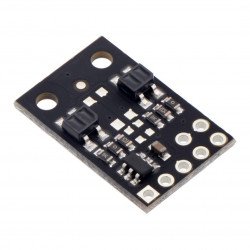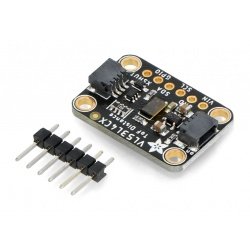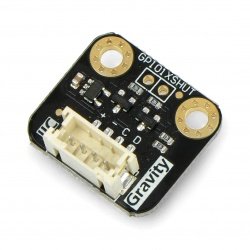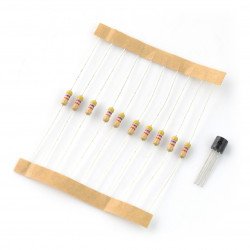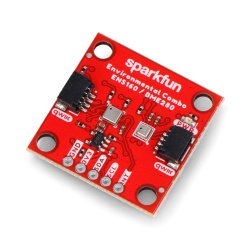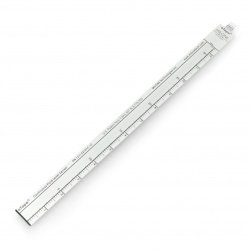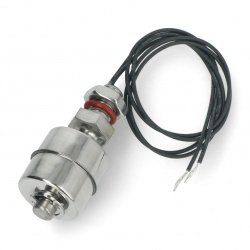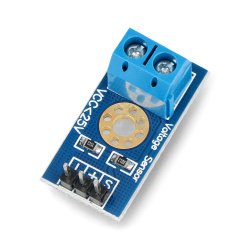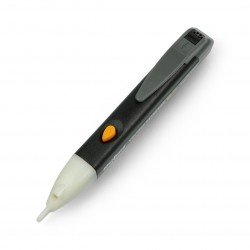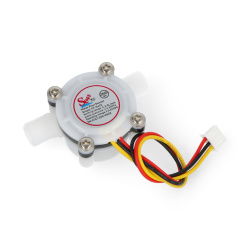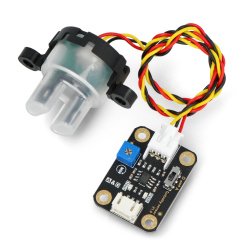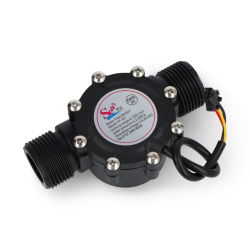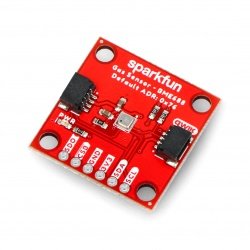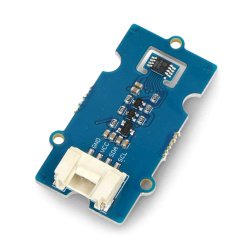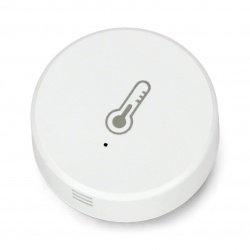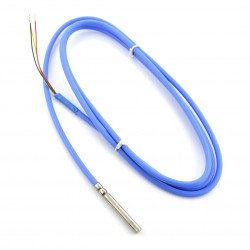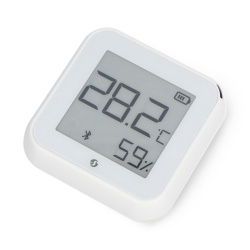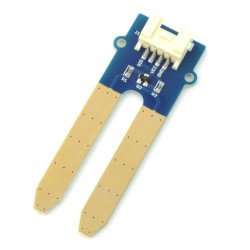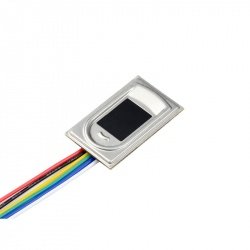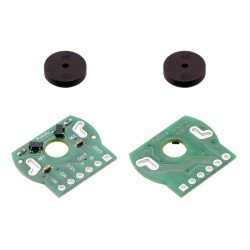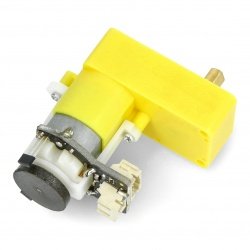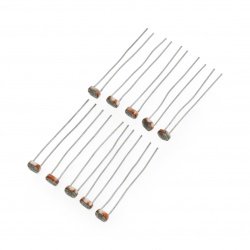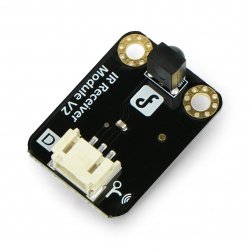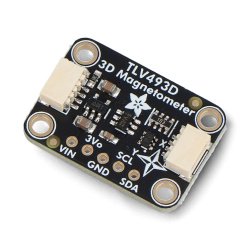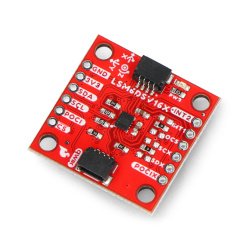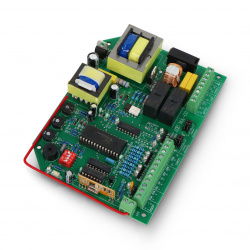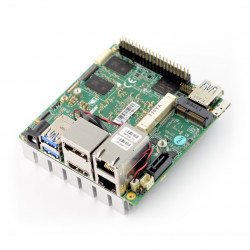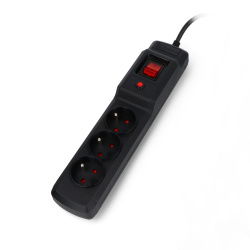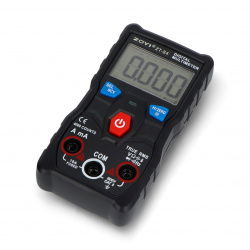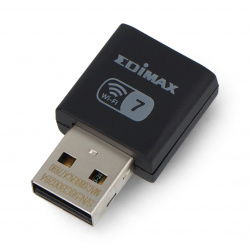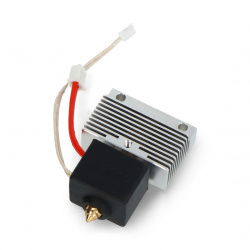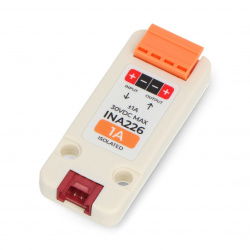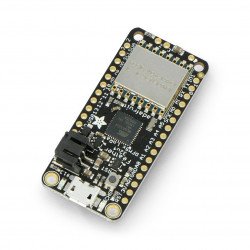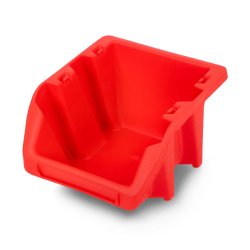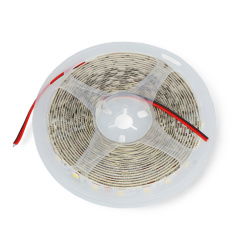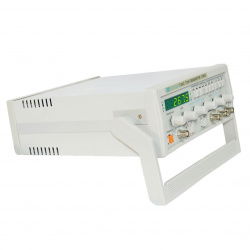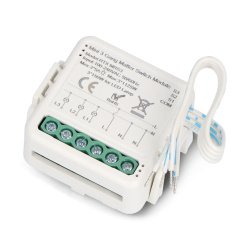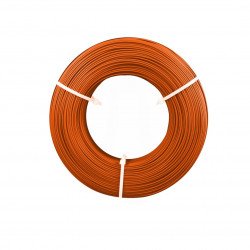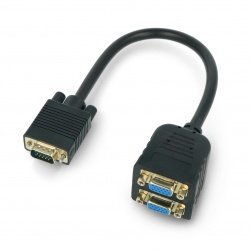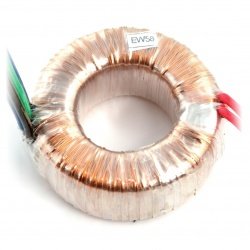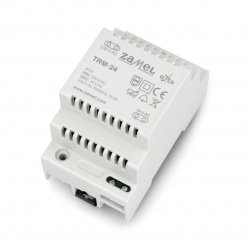Change for better
When building or designing, for example, a lighting system, we will have to face how to power our model. We will then encounter a device called a transformer, thanks to which we will power the components of our system. The principle of operation of this device is to transfer alternating current electrical energy by induction from one electrical circuit to another, maintaining the original frequency while changing the electrical voltage. During the transfer of electricity, losses are minimal, so the current (apart from the voltage) does not change.
Adjusting the voltage to your needs
What is changed is the voltage, for example from high voltage, which is used for transmission in the power grid over long distances, to low voltage suitable for powering final receivers. Transformers are made of two basic elements - a steel core and windings made of copper or aluminum. The most commonly used type of winding is cylindrical winding, where the primary and secondary windings take the form of concentric cylinders. The transformer core is made of columns and yokes.
How does a transformer work?
Transformers are designed to change electrical voltage, but how do they work? One of the windings is connected to alternating current, which creates an alternating magnetic field, the flux of which, conducted by the core, flows through the other coils. Changing the magnetic field flux in the coils causes electromagnetic induction, i.e. an electromotive force, also known as voltage, is created in them. If a transformer has fewer secondary windings than primary windings, it induces a lower voltage, and this type of transformer is called a step-down transformer. The principle of operation of the primary winding is based on induction in the magnetic core (excites magnetic flux). Moreover, the voltage in the primary winding is sinusoidal. In the case of the secondary winding, we are dealing with voltage generation. The material of the winding itself is primarily copper or aluminum. The selection of the transformer (including the number of turns) should be adapted to the specific type of device (power requirements)
Types of transformers
Depending on the application, we have different types of transformers. Polyphase (three-phase) transformers are used in polyphase current systems. You can also find plane, toroidal, safety transformers and many others. For low voltages, transformers are insulated with air, for higher voltages, transformer oil is used, which also serves as a cooling agent. In the industry and in everyday language, we can often come across the name shortened to trafo.




















































































